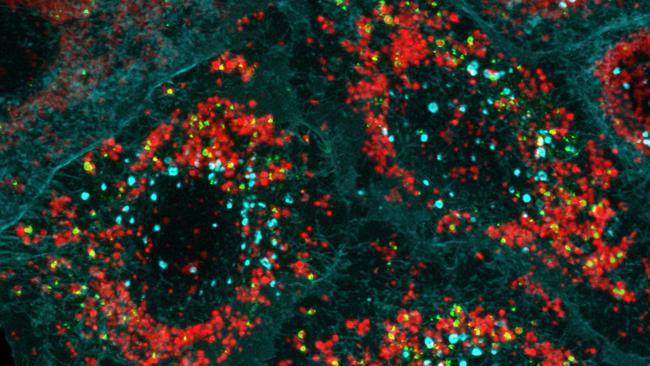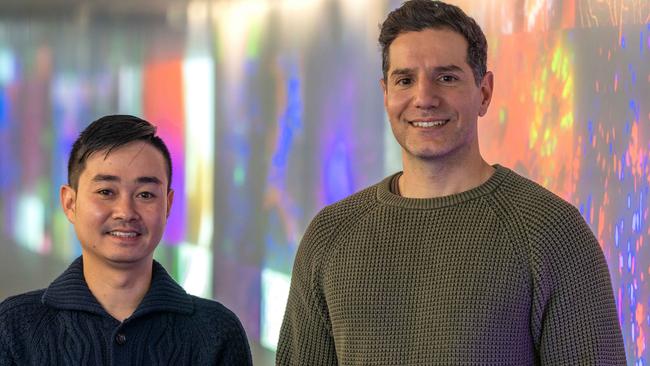Melbourne research team’s breakthrough offers new hope for Parkinson’s treatment
A protein that builds “garbage bags” to dispose of damaged cells may offer pathways to new treatments for Parkinson’s disease.
Victoria
Don't miss out on the headlines from Victoria. Followed categories will be added to My News.
An important breakthrough in understanding the role of a protein that builds “garbage bags” to dispose of damaged cells could offer hope for new treatments for Parkinson’s disease.
Parkinson’s is an incurable neurological disease that affects around 10 million people worldwide, including 80,000 Australians.
A team from Melbourne’s WEHI (Walter and Eliza Hall Institute) has published new research in the journal Molecular Cell that shows how the protein called Optineurin helps the body get rid of damaged mitochondria so they can’t cause disease.
Mitochondria are found in all human cells and produce the energy cells need to carry out their various functions.

When damaged, the team explained, it can lead to various diseases including Parkinson’s.
The research is led by Associate Professor Michael Lazarou, a laboratory head at WEHI who also holds a co-appointment with Monash University.
“Until this study, Optineurin’s precise role in initiating our body’s garbage disposal process was unknown,” Professor Lazarou said.
Now, he said, after almost eight years of investigation, the mystery has been solved.
“Broken-down mitochondria are usually removed and recycled through a garbage disposal process known as mitophagy,” Professor Lazarou said.
He added this process requires two proteins called PINK1 and Parkin to do the job of ‘tagging’ malfunctioning mitochondria for destruction.
He said the proteins work together to instruct the body to generate cellular ‘garbage bags’ around damaged mitochondria and enlist the help of Optineurin to initiate this process.
However, mutations in PINK1 and Parkin are found in people with Parkinson’s disease.
Professor Lazarou said mutations can result in the accumulation of damaged mitochondria in the brain, which can lead to motor symptoms such as tremors, stiffness and difficulty with movement.

“Our discovery won’t allow us to screen for those mutations,” Assoc. Professor Lazarou said. “For something like this to have therapeutic benefit in the future it would need to be combined with a diagnostic test so that we can identify people with the gene mutation earlier.
“It also doesn’t solve the problem in Parkinson’s disease where it takes a long time for people to be diagnosed.”
He said what was exciting was understanding how things work because to target a disease, first you need to know how it works.
“The next steps are how we can use this knowledge to help treat Parkinson’s; what kind of drug molecules could we develop that target this to either improve the removal of damaged mitochondria or bypass defective PINK1 and Parkin proteins,” he said.
Assoc. Professor Lazarou has spent much of his career investigating Parkinson’s disease and returned to Australia from the US in 2015 to continue his work.
His research is now partly funded by the Federal Government, but has also attracted philanthropic support including that from Google co-founder Sergey Brin.
Mr Brin says he carries a genetic mutation that gives him a higher chance of getting Parkinson’s disease. The billionaire is now one of the largest single donors supporting scientific research into the disease.
Because the cause of most Parkinson’s disease cases remains unknown, as is how it progresses and there is still no known cure, Mr Brin set up Aligning Science Across Parkinson’s (ASAP) with a key partner in the Michael J. Fox Foundation to help fund research across the globe.
Assoc. Prof Lazarou’s laboratory at WEHI is a beneficiary of ASAP’s investment.





